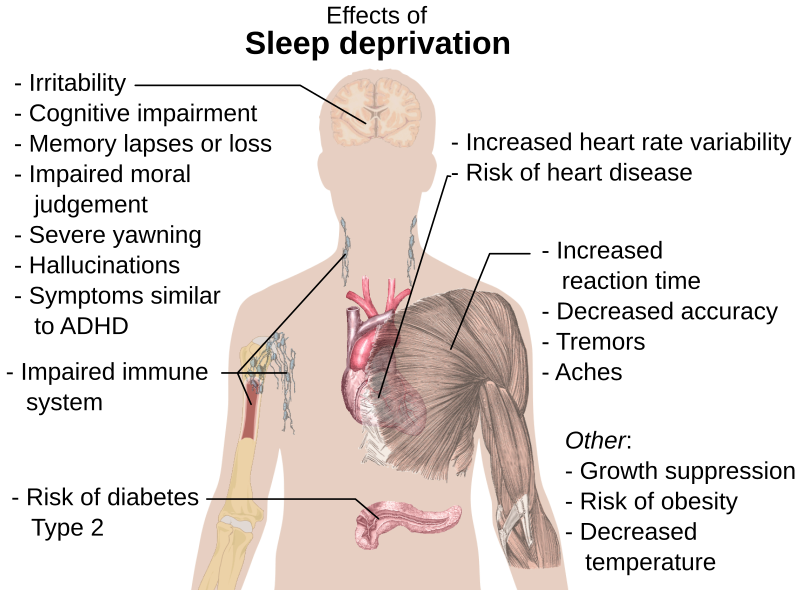Know the real term - Desynchronosis
Jet lag is a chronobiological-related problem, similar to issues often induced by shift work. When traveling across a number of time zones, the body clock will be out of synchronization with the destination time, as it experiences daylight and darkness contrary to the rhythms to which it has grown accustomed: the body's natural pattern is upset, as the rhythms that dictate times for eating, sleeping, hormone regulation and body temperature variations no longer correspond to the environment nor to each other in some cases. To the degree that the body cannot immediately realign these rhythms, it is jet lagged.
The speed at which the body adjusts to the new schedule depends on the individual; some people may require several days to adjust to a new time zone, while others experience little disruption. Crossing one or two time zones does not typically cause jet lag.
The condition is not linked to the length of flight, but to the trans-meridian (west–east) distance traveled. A ten-hour flight from Europe to southern Africa does not cause jet lag, as travel is primarily north–south. A five-hour flight from the east to the west coast of the United States may well result in jet lag.
Crossing the International Date Line does not contribute to jet lag, as the guide for calculating jet lag is the number of time zones crossed, and the maximum possible disruption is plus or minus 12 hours. If the time difference between two locations is greater than 12 hours, subtract that number from 24. Note, for example, that the time zone GMT+14 will be at the same time of day as GMT−10, though the former is one day ahead of the latter.
Common Symptoms of Jet Lag are
- Headaches
- Fatigue, irregular sleep patterns, insomnia
- Disorientation, grogginess, irritability
- Mild depression
- Constipation or diarrhea
See the picture below :
Matt Kursmark designed this infographic series about circadian rhythms and What Causes Jet Lag as an assignment in his information graphics class at Ohio State University.



